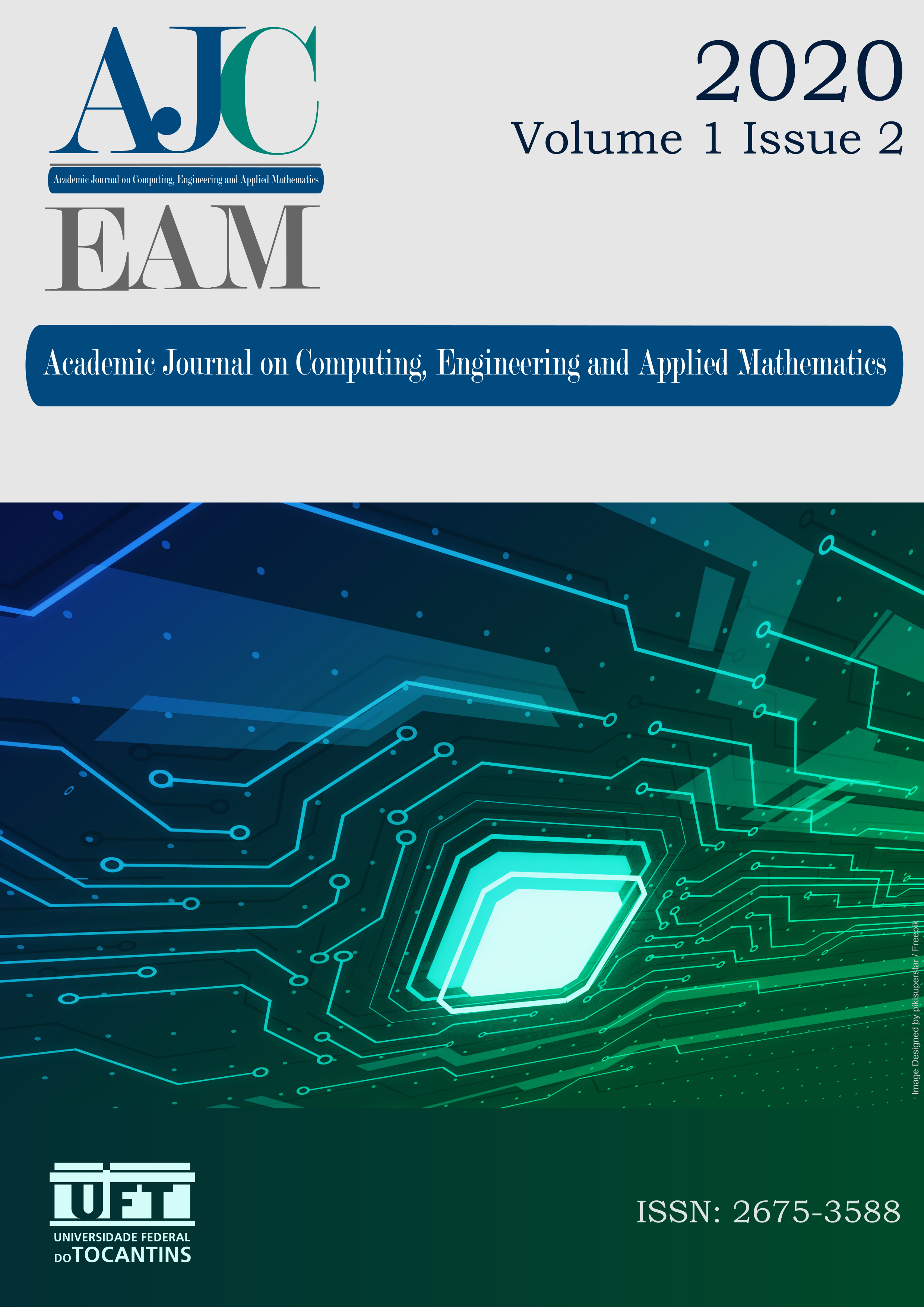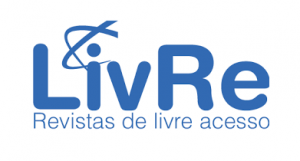Computational experiment of error diffusion dithering for depth reduction in images
DOI:
https://doi.org/10.20873/uft.2675-3588.2020.v1n2.p9-13Keywords:
Error Diffusion Dithering, Processing Image, Depth ReductionAbstract
The halftone technique is a process that employs patterns formed by black and white dots to reduce the number of gray levels in an image. Due to the tendency of the human visual system to soften the distinction between points with different shades, the patterns of black and white dots produce a visual effect as if the image were composed of shades of gray and dark. This technique is quite old and is widely used in printing images in newspapers and magazines, in which only black (ink) and white (paper) levels are needed. There are several methods for generating halftone images. In this article we explore dithering with error diffusion and an analysis of different halftone techniques is presented using error diffusion to change the depth of the image. The results showed that the depth of the image changes 1/8 per channel, this halftone technique can be used to reduce an image weight, losing information but achieving good results, depending on the context.
ontext.
Downloads
Published
How to Cite
License
Copyright (c) 2020 Leonardo Rezende Costa

This work is licensed under a Creative Commons Attribution-NonCommercial 4.0 International License.
Authors who publish in this journal agree to the following terms:
- Authors retain copyright and grant the journal the right of first publication, with work simultaneously licensed under the Creative Commons Attribution License (CC BY-NC 4.0), allowing work sharing with acknowledgment of the work's authorship and initial publication in this journal. ;
- Authors are authorized to enter additional contracts separately for the non-exclusive distribution of the version of the work published in this journal (eg, publishing in an institutional repository or as a book chapter), with acknowledgment of authorship and initial publication in this journal;
- Authors are allowed and encouraged to post and distribute their work online (eg, in institutional repositories or on their personal page) at any point after the editorial process;
- In addition, the AUTHOR is informed and agrees with the journal that, therefore, his paper may be incorporated by the AJCEAM into existing or existing scientific information systems and databases (indexers and databases). in the future (indexers and future databases), under the conditions defined by the latter at all times, which will involve at least the possibility that the holders of these databases may perform the following actions on the paper:
- Reproduce, transmit and distribute the paper in whole or in part in any form or means of existing or future electronic transmission, including electronic transmission for research, viewing and printing purposes;
- Reproduce and distribute all or part of the article in print;
- Translate certain parts of the paper;
- Extract figures, tables, illustrations, and other graphic objects and capture metadata, captions, and related article for research, visualization, and printing purposes;
- Transmission, distribution, and reproduction by agents or authorized by the owners of database distributors;
- The preparation of bibliographic citations, summaries and indexes and related capture references from selected parts of the paper;
- Scan and/or store electronic article images and text.



